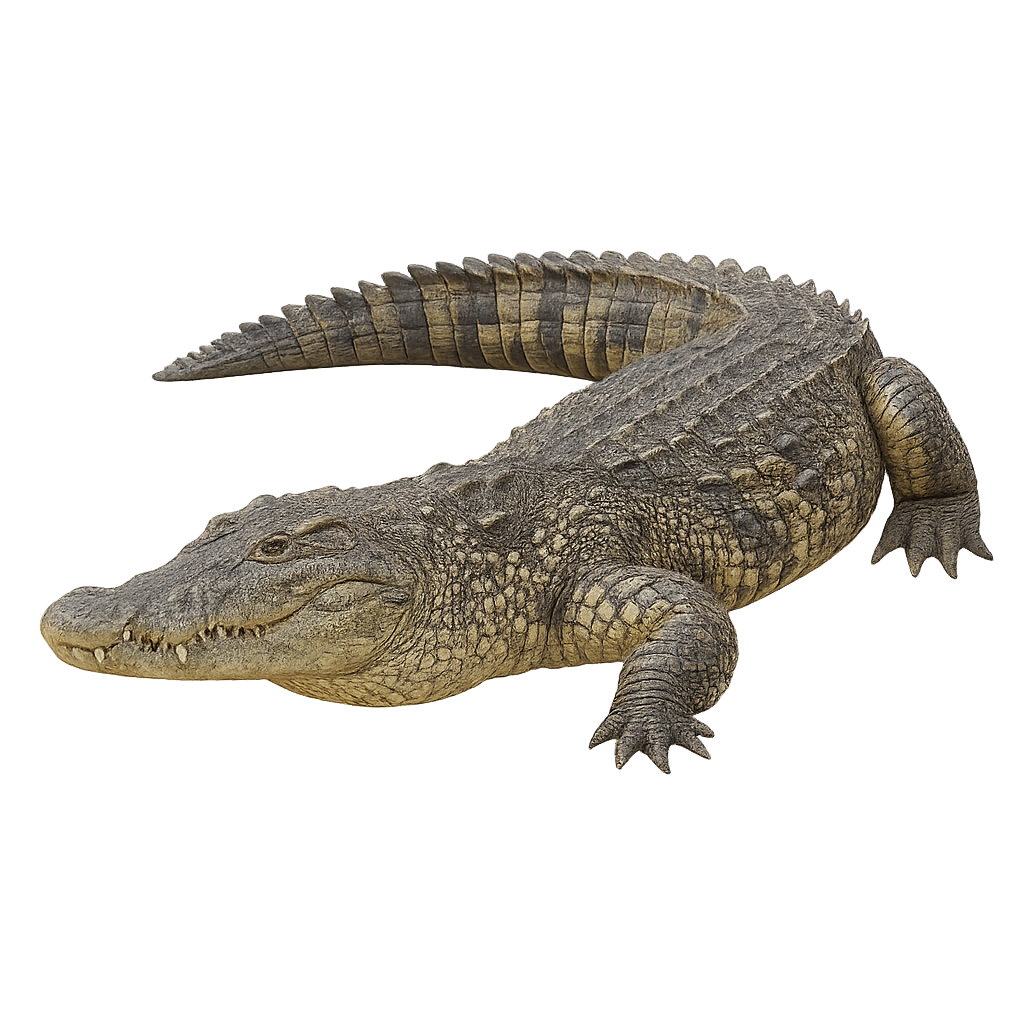Your wildlife photography guide.
Explore the morelet's crocodile in detail, study its behavior, prepare your shots.
Where to observe and photograph the morelet's crocodile in the wild
Learn where and when to spot the morelet's crocodile in the wild, how to identify the species based on distinctive features, and what natural environments it inhabits. The WildlifePhotographer app offers tailored photography tips that reflect the morelet's crocodile’s behavior, helping you capture better wildlife images. Explore the full species profile for key information including description, habitat, active periods, and approach techniques.
Morelet's crocodile
Scientific name: Crocodylus moreletii

IUCN Status: Least Concern
Family: CROCODYLIDAE
Group: Reptiles
Sensitivity to human approach: Very shy
Minimum approach distance: 50 m
Reproduction period: June to September
Incubation: 80–90 jours
Births: June to September
Habitat:
Coastal lakes, rivers, swamps and freshwater lagoons, occasionally brackish waters
Activity period :
Mainly active at night, generally discreet during the day.
Identification and description:
The Morelet's crocodile is a large aquatic reptile in the family Crocodylidae, measuring 2–3 m in length, with a robust body, greenish-brown scaly skin and a broad head. It inhabits coastal lakes, rivers, swamps and freshwater lagoons, occasionally brackish waters, feeding mainly on fish, birds and small mammals. During nesting, the female builds a mound of vegetation debris on the shore and lays 20–45 eggs, which she guards for about 80 days.
Recommended lens:
400 mm – adjust based on distance, desired framing (portrait or habitat), and approach conditions.
Photography tips:
Position yourself at a respectful distance on the water's edge, use a fast shutter speed to freeze splashes when it submerges, and favor raking light at dawn or dusk to highlight its scaly texture.
The WildlifePhotographer App is coming soon!
Be the first to explore the best nature spots, track rutting seasons, log your observations, and observe more wildlife.
Already 1 449 wildlife lovers subscribed worldwide

